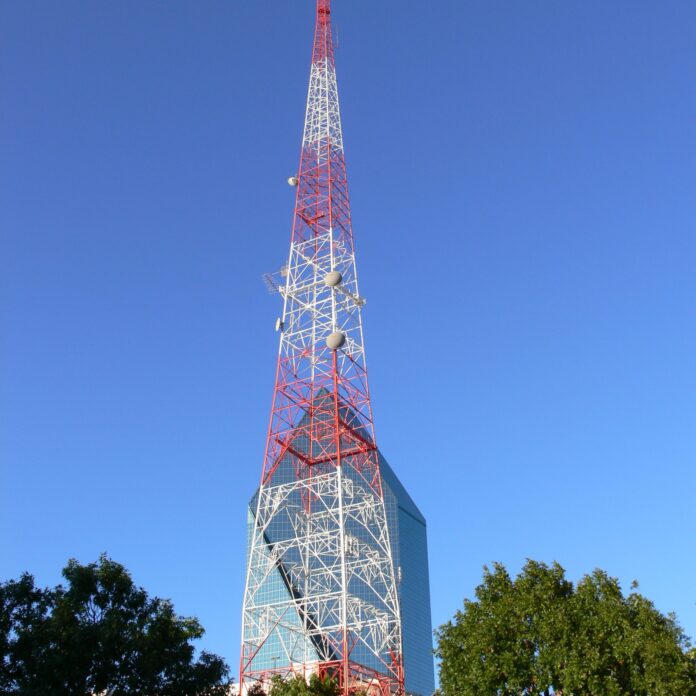As the first phase of the U.S. government’s 600 MHz auction concluded, the Federal Communication Commission said it will be able to clear 126 megahertz of spectrum. That’s good news not only for wireless carriers but also for the construction and engineering firms that will help “repack” the broadcast spectrum, and eventually deploy cellular radios and antennas in the former broadcast bands.
“Whether an engineering firm or an RF design firm … any of those types of professional services companies that have experience working in broadcast are probably going to be kept busy not this year but probably starting middle of next year,” said analyst Aaron Blazar of Atlantic-ACM. The repacking process is not expected to begin until this fall at the earliest.
“Repacking” refers to the process of moving some broadcasters to different spectrum bands. The FCC will reassign some full power and Class A TV stations that remain on the air so that they occupy a smaller portion of the UHF band.
“It’s not contiguous spectrum … you have to basically repack and consolidate it,” explained Jim Estes, former chairman of FDH Velocitel, which owns the drawings describing roughly half the broadcast towers in the United States. Estes, who is still a member of the company’s board, said FDH Velocitel hopes to double its number of tall tower crews by the end of this year in order to address demand for work on broadcast towers, which are generally much taller than cell towers.
Tall tower crews are also trained to work with broadcast antennas, which are larger than even the 700 MHz antennas that cell tower crews install atop towers.
“The antennas that are on these are very heavy; it’s a different kind of equipment,” said Estes. “It’d be almost like hauling a small car up to the top of some of these.”
Congress has earmarked $1.75 billion for this repacking, and the FCC has set a 39-month timetable for the process. Although three years and three months sounds like a lot of time, it will take months to recruit and train new workers. Broadcast tower work has been slow for a number of years, so there is shortage of trained tower technicians.
A study by Digital Tech Consulting identified only 13 tower construction companies capable of completing broadcast tower modifications and antenna installations and only two manufacturers that meet broadcast industry standards, which could lead to a shortage of antennas. The analysts concluded “under ideal conditions” only 445 of the 1,200 TV stations could be relocated to different channels in the 39-month time period.
Follow me on Twitter.

Repacking broadcast spectrum will require new skill sets
ABOUT AUTHOR
